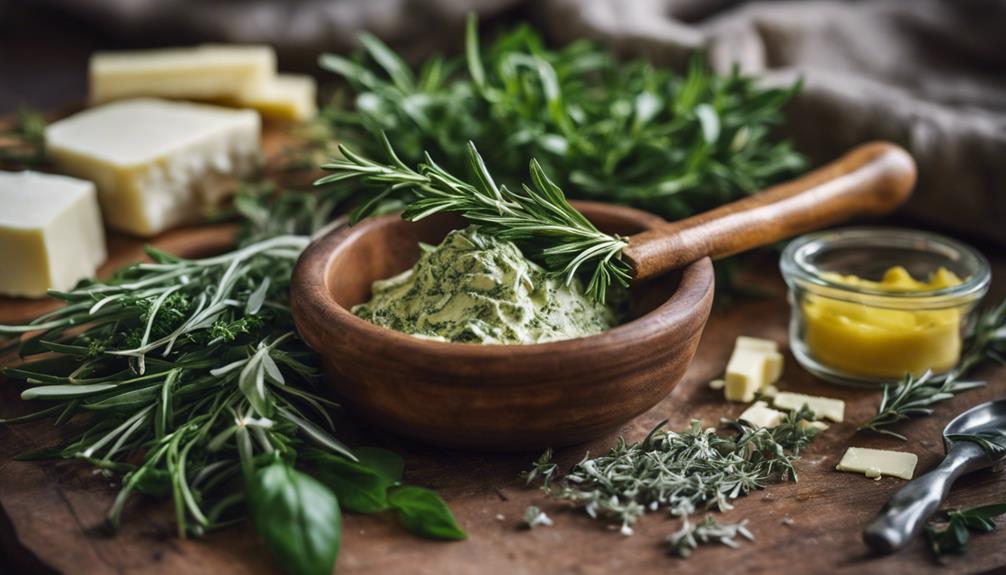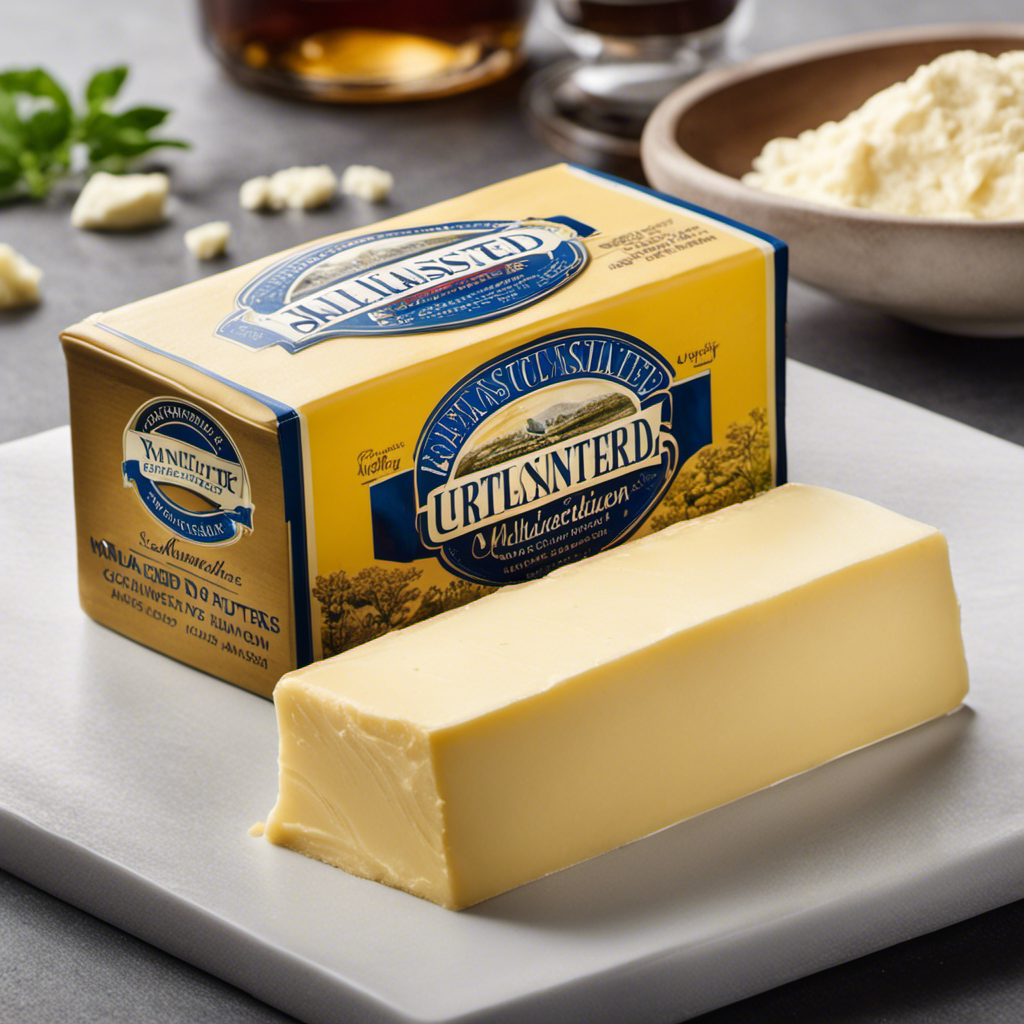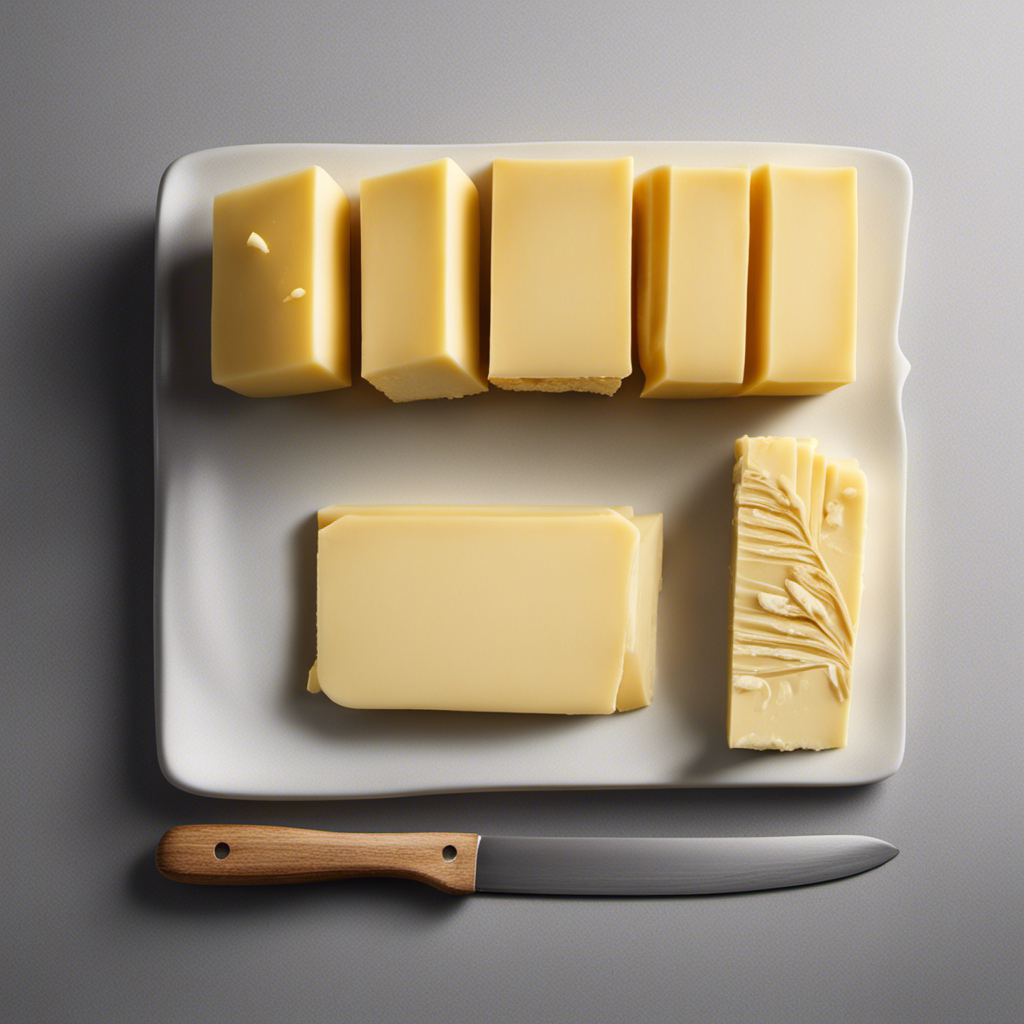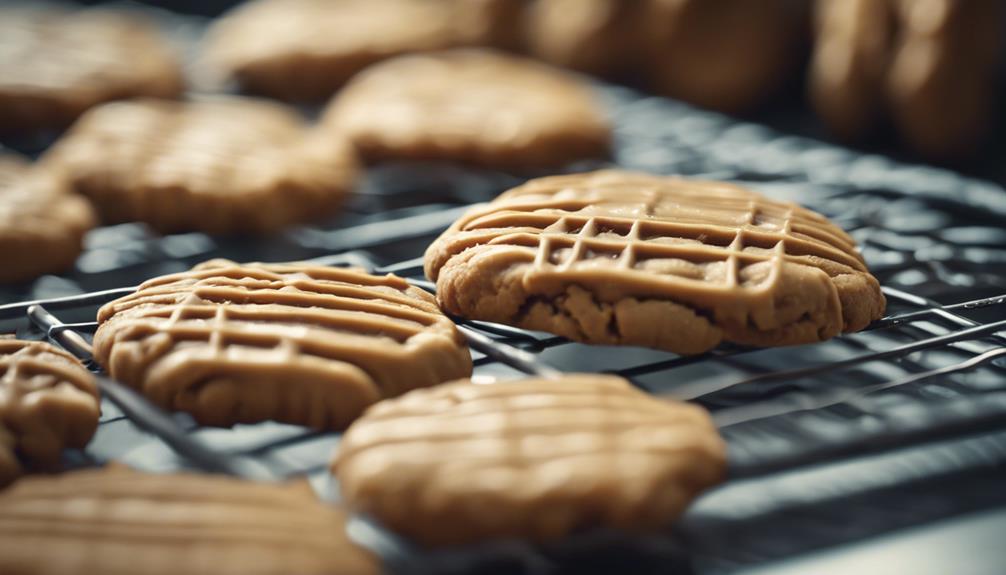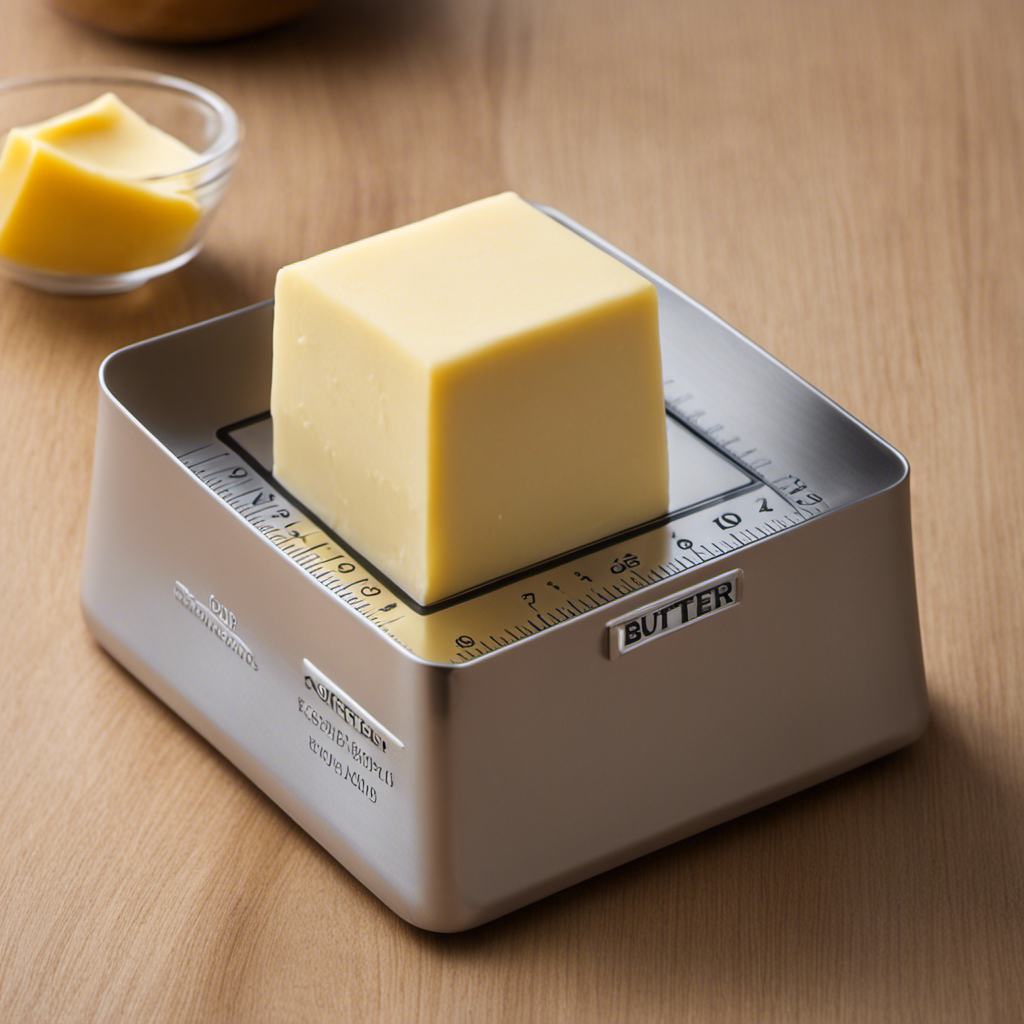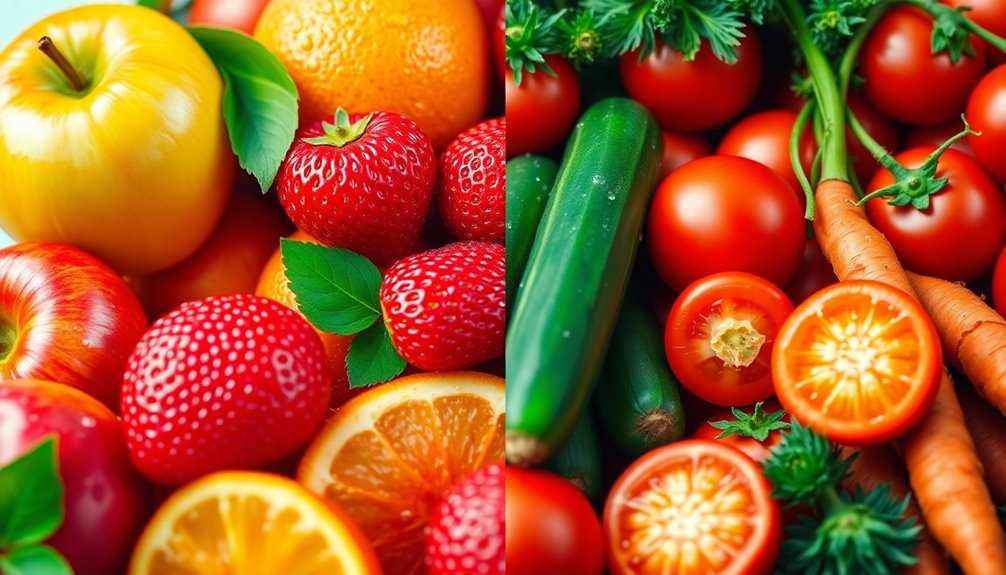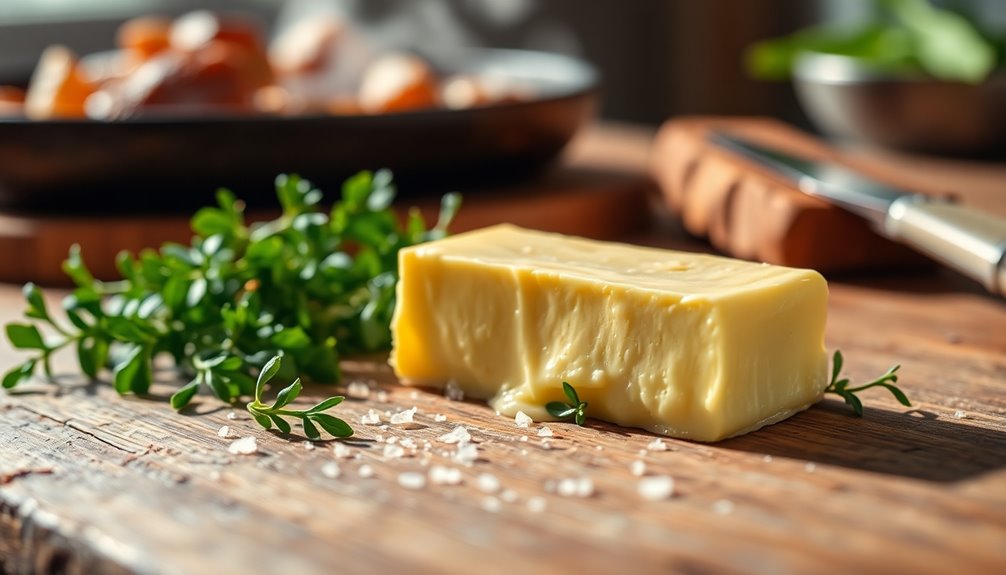For the tastiest peanut butter cookies, gather butter, Jif peanut butter, sugars, egg, vanilla, and dry ingredients. Cream butter with sugars, then mix in peanut butter, egg, and vanilla. Shape dough into balls and bake until edges change color. Skip the criss-cross pattern for a unique touch. Add peanut butter chips and a hint of cinnamon to elevate the flavor. Store in an airtight container, or freeze for longer freshness. The recipe will surprise you with its delicious twist!
Key Takeaways
- Cream butter, sugars, Jif peanut butter for rich flavor and soft texture.
- Skip criss-cross pattern, add peanut butter chips and cinnamon for a twist.
- Store in airtight container for up to a week, freeze for longer preservation.
- Shape dough into uniform balls for even baking, yielding perfect texture.
- Use high-quality ingredients like creamy peanut butter, sugars, egg, and vanilla for best results.
Ingredients
For the best peanut butter cookies, gather butter, sugars, Jif peanut butter, egg, vanilla, salt, flour, baking soda, and baking powder. The combination of these ingredients creates a cookie that's rich in peanut butter flavor and perfectly soft in texture.
The butter and sugars provide the base for a deliciously sweet and moist cookie, while the Jif peanut butter adds a distinct nutty taste that stands out. Adding an egg binds the ingredients together, while vanilla enhances the overall flavor profile. A pinch of salt balances the sweetness, and the perfect amount of flour, baking soda, and baking powder guarantees the cookies rise just right.
When using Jif peanut butter specifically, you can expect a more consistent flavor and texture due to its creamy and smooth consistency. The high fat content in the Jif peanut butter, combined with the other ingredients, contributes to the cookie's tenderness.
Recipe Steps
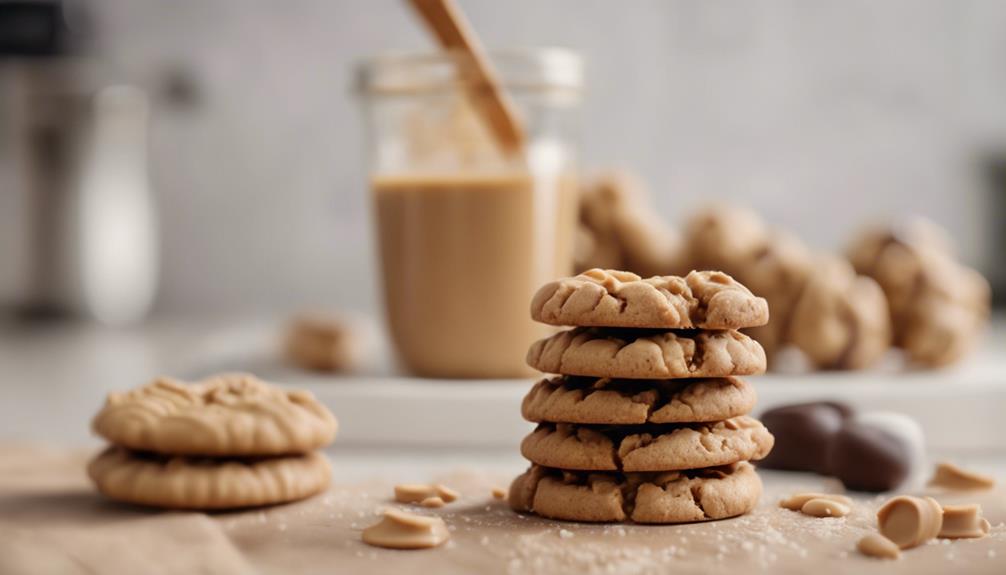
Begin by creaming together the butter and sugars, then incorporating the peanut butter, egg, and vanilla to create the cookie dough. Next, whisk together the dry ingredients like flour, baking soda, and salt before combining them with the wet ingredients to form the peanut butter dough. Shape the dough into balls and place them on a baking sheet. Bake the cookies until the edges start to change color, resulting in a perfect peanut butter flavor. For an extra burst of peanut goodness, consider adding peanut butter chips to the dough. Once baked, store the cookies in an airtight container to keep them fresh for up to a week.
| Recipe Steps |
|---|
| Cream together the butter and sugars |
| Incorporate peanut butter, egg, and vanilla |
| Whisk together dry ingredients |
| Shape dough into balls |
| Bake until edges change color |
No Criss-Cross Pattern
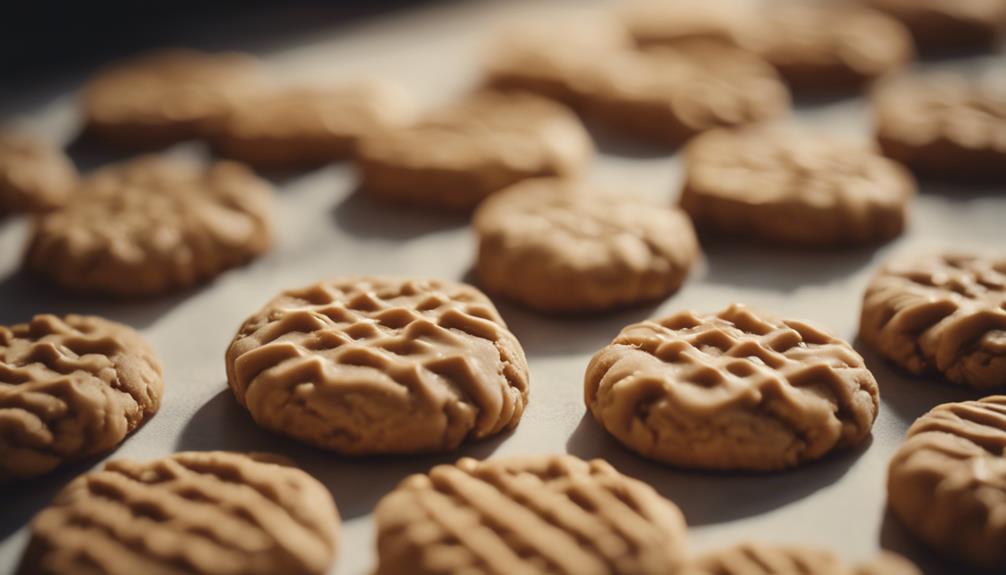
Consider incorporating your own unique touch by skipping the traditional criss-cross pattern when shaping the cookie dough.
These peanut butter cookies offer a delightful surprise twist by forgoing the usual fork marks.
The rich flavor of peanut butter is elevated with the addition of peanut butter chips, creating a decadent treat that will leave your taste buds craving more.
A hint of cinnamon adds an extra layer of complexity to the cookies, making each bite a burst of warm and comforting flavors.
Recipe Details
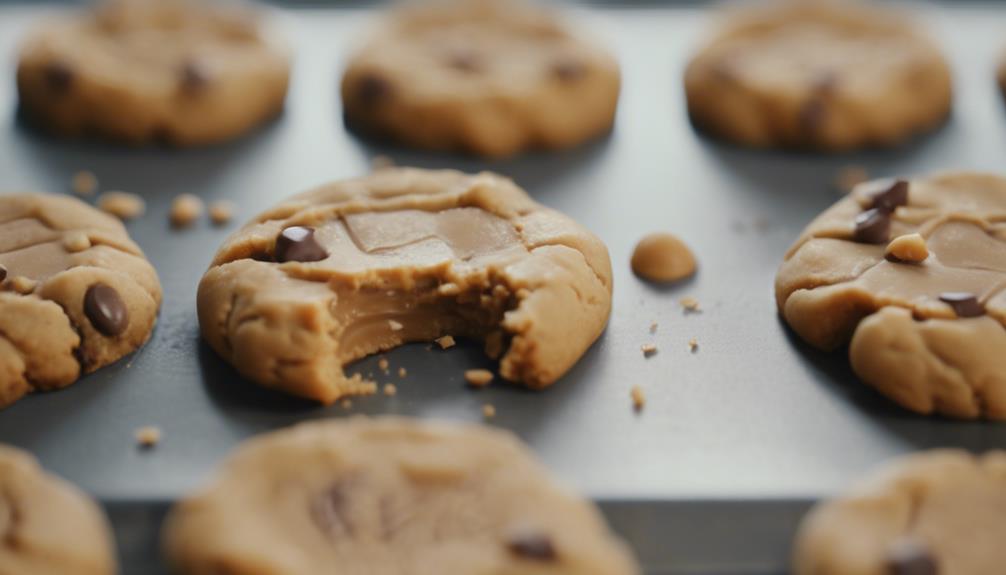
To explore the specifics of the recipe, we'll outline the necessary ingredients and steps to create these delectable peanut butter cookies.
This traditional recipe calls for creamy peanut butter, a blend of sugars, an egg, vanilla extract, and a hint of cinnamon to enhance the flavor profile.
The process begins with creaming together the butter and sugars until light and fluffy, followed by incorporating the creamy peanut butter and peanut butter chips for a delightful surprise in every bite.
Shaping the dough into uniform balls and arranging them on a baking sheet is the next step before baking to perfection.
While the iconic criss-cross pattern is optional, it aids in flattening the dense dough for even baking.
These cookies offer a rich peanut butter taste that's complemented by the addition of peanut butter chips, creating a delightful and satisfying treat for any occasion.
Storage and Freezing Tips

For ideal freshness and extended shelf life, store your peanut butter cookies in an airtight container at room temperature for up to a week. This will help preserve their texture and flavor.
If you want to keep them for longer, freezing is the way to go. Simply place the cookies in a freezer-safe container or bag, making sure to remove any excess air to prevent freezer burn. When you're ready to enjoy them, thaw the frozen cookies at room temperature for best results.
For convenient baking, consider freezing cookie dough balls. This allows you to have freshly baked cookies at a moment's notice. Just adjust the baking time accordingly when baking frozen dough.
Properly stored and frozen peanut butter cookies can last for up to 3 months, giving you the flexibility to enjoy your favorite treats whenever you like.
Frequently Asked Questions
What Is the Secret to Making the Best Cookies?
To make the finest cookies, you must focus on using high-quality ingredients and achieving a perfect balance of flavors and textures. Following precise recipe instructions, incorporating unique elements, and engaging with a supportive community can elevate your cookie game.
Why Don't My Peanut Butter Cookies Taste Like Peanut Butter?
If your peanut butter cookies lack peanut flavor, try using creamy peanut butter and adding peanut butter chips. Adjusting the amount of peanut butter can also impact taste. Guarantee proper measurement and thorough incorporation for a stronger flavor.
Why Are My Peanut Butter Cookies Always Hard?
Your peanut butter cookies may turn out hard due to overbaking, excessive flour, lack of fat, too much air in the dough, or an abundance of mix-ins like peanut butter chips. Improper storage in humid conditions can also lead to hardness.
What Is the Best Peanut Butter for Baking?
For baking, choose creamy peanut butter for a smooth texture. Opt for salted varieties to enhance flavors. Don't forget to mix natural types well. Experiment with chunky types for added crunch. Different types offer unique tastes and textures.
Conclusion
Indulge in the euphoric experience of biting into these irresistible peanut butter cookies.
With their perfect blend of sweet and salty, they're sure to satisfy your cravings and leave you wanting more.
So go ahead, treat yourself to the ultimate cookie experience and enjoy every delicious bite.
You won't regret it!

